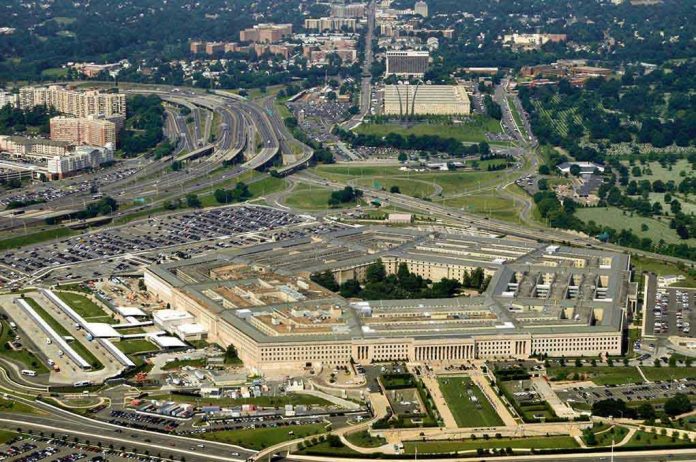
The Pentagon is quietly turning up the heat on America’s Pacific allies, pressing them to get ready for a shooting war with China—while politicians in Tokyo and Canberra try to dodge the question of whether they’ll actually join the fight if the balloon goes up over Taiwan.
At a Glance
- The U.S. is escalating pressure on Japan, Australia, and other Indo-Pacific allies to prepare for a potential war with China.
- Massive joint military exercises and new missile deployments mark the most aggressive U.S. posture in the region since the Cold War.
- Allies remain wary, publicly refusing to commit to direct involvement in a Taiwan conflict despite mounting U.S. demands.
- The Pentagon is pushing for integrated military supply chains and defense spending hikes, risking regional tensions and economic fallout.
Pentagon Turns Up the Pressure: Joint Drills, Missiles, and Demands for Commitment
U.S. defense officials are not just doubling down—they’re tripling down on their push to get Pacific allies on a war footing in the face of China’s rising military swagger. The past year has seen a surge in joint war games, from missile live-fires in Australia to the largest Talisman Sabre exercise ever staged, involving over 30,000 troops from 19 nations. For the first time, the U.S. Army is rolling out its brand new Mid-Range Capability missile system down under, a move that sends a crystal-clear message to Beijing and, frankly, to any ally still on the fence: get in line or get left behind.
But here’s the rub—Japan and Australia, the linchpins of any allied defense of Taiwan, are still hedging their bets. Their defense ministers continue to dance around questions about whether they’d actually commit forces to a Taiwan conflict, insisting such decisions would be made “at the time” and by their own governments. Meanwhile, the Pentagon is pouring billions into new bases, logistics hubs, and industrial partnerships across the region, including the new Partnership for Indo-Pacific Industrial Resilience (PIPIR), which ropes in 14 allies to ramp up military production. The goal? Make sure that if the shooting starts, the U.S. and its partners can keep the war machine humming without having to beg China for microchips or spare parts.
Allies Balk at Direct Involvement as Pentagon Pushes for More
America’s top brass are no longer hiding their frustration with the foot-dragging from supposed “close partners.” The Pentagon has publicly demanded that Indo-Pacific allies boost defense spending, echoing the pressure campaign that wrung more dollars out of NATO deadbeats over the past decade. But while the U.S. is clear about the need to deter China and defend the so-called “rules-based order,” Japan and Australia are wary of being drawn into an open war—especially one over Taiwan, which is as much an economic flashpoint as a military one.
This reluctance is not lost on Beijing, which has responded to every new U.S. deployment and exercise with its own muscle-flexing—more warships in contested waters, more bombers buzzing Taiwan, and more threats against any country that dares get involved. The result? A regional arms race that’s burning through taxpayer dollars at a rate that would make a drunken sailor blush, all while Americans at home grapple with the aftereffects of years of runaway inflation and government overspending.
Rising Tensions, Economic Fallout, and the Risk to American Priorities
The Pentagon’s strategy is clear: build an unbreakable chain of logistics, firepower, and industrial capability from California to Canberra, making it as hard as possible for China to break U.S. influence in Asia. But every dollar spent preparing for a possible Pacific war is a dollar not spent on securing our own borders, fixing our cities, or taking care of American families—an irony not lost on those who watched for years as the previous administration threw open the doors to illegal immigration and poured billions into pet projects overseas.
Regional populations from Japan to the Philippines are left wondering if their leaders will actually back up American promises with real action—or if, when the chips are down, they’ll look out for their own economies first. Meanwhile, every escalation increases the risk of catastrophic conflict, disrupting global supply chains and putting American lives and livelihoods in the crosshairs. The Pentagon’s push may be common sense deterrence in the eyes of strategists, but to everyday Americans, it looks like just another chapter in a long-running saga of allies who want the protection but won’t pay the price.
Sources:
Post-Cold War U.S.-China Rivalry and Indo-Pacific Strategy
U.S. Demands Asian Allies Prepare for Imminent War Against China
Korea Perspective: David Maxwell Speech
Pacific Allies Are Training to Fight China






